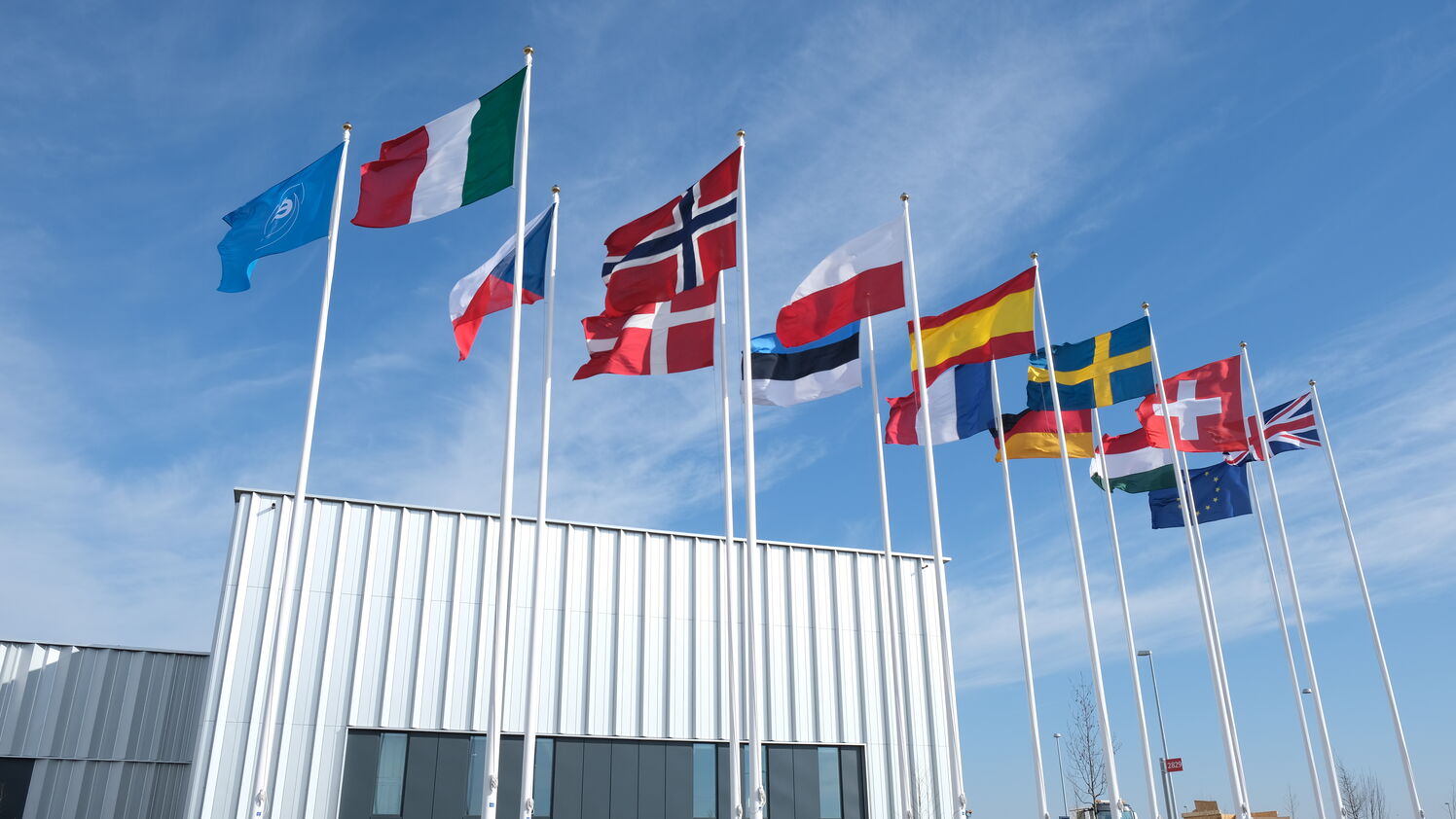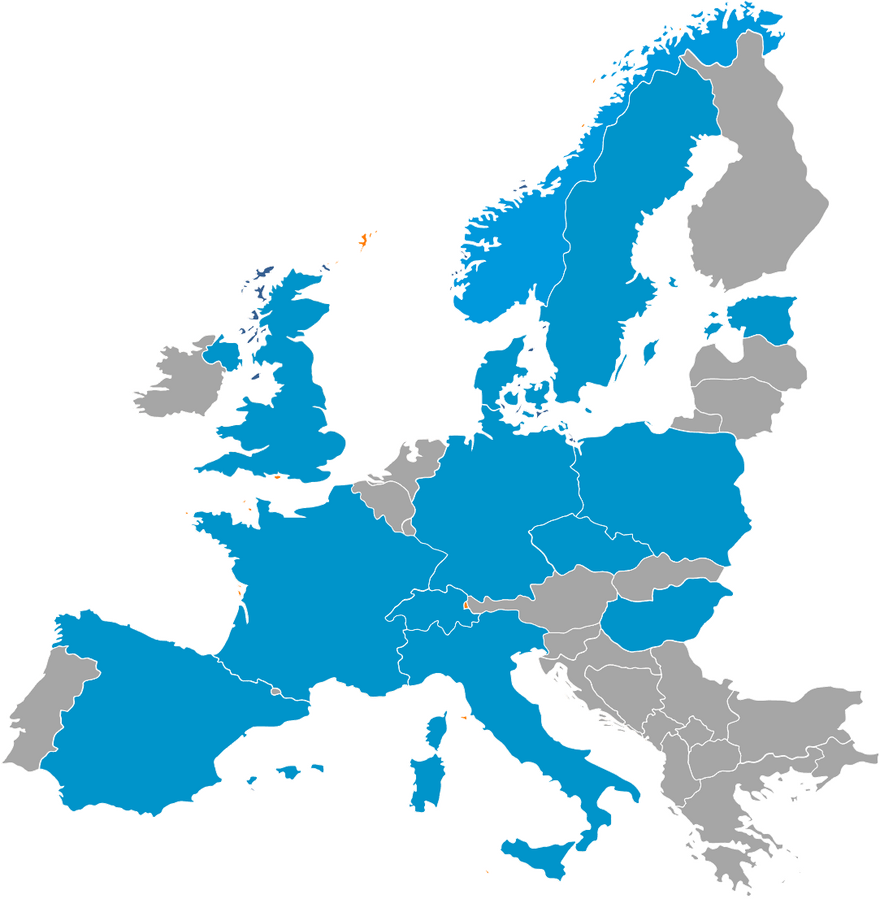
ESS Organisation
The European Spallation Source ERIC is a partnership of 13 European countries working together to build and operate a state-of-the-art research facility.
From 2010 until 30 September 2015, the European Spallation Source operated as a Swedish limited partnership, or AB, owned jointly by the Swedish and Danish governments.
As of 1 October 2015, the European Spallation Source is a European Research Infrastructure Consortium (ERIC). The ERIC legal framework was created by the European Commission in 2009 to facilitate the joint establishment and operation of pan-European research infrastructures like ESS.
The member states of the European Spallation Source ERIC are the Czech Republic, Denmark, Estonia, France, Germany, Hungary, Italy, Norway, Poland, Spain, Sweden, Switzerland and the United Kingdom.
The ESS Council is the governing body. Read more about the ESS Governance.
ESS has a number of advisory committees, which report to the ESS Council. Read more about ESS Advisory Committees.

























